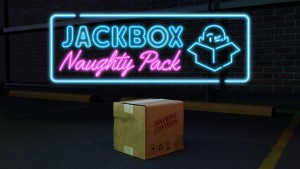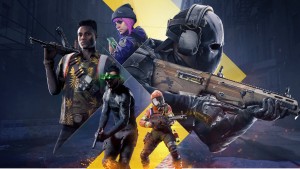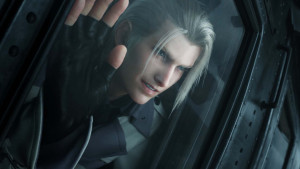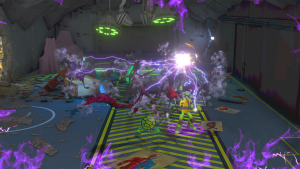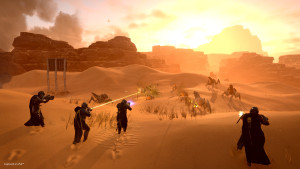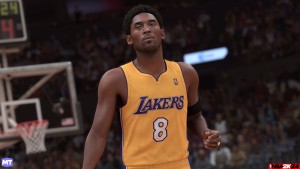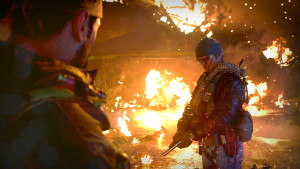Please support Game Informer. Print magazine subscriptions are less than $2 per issue
Places – Inside Kakariko Village’s Well
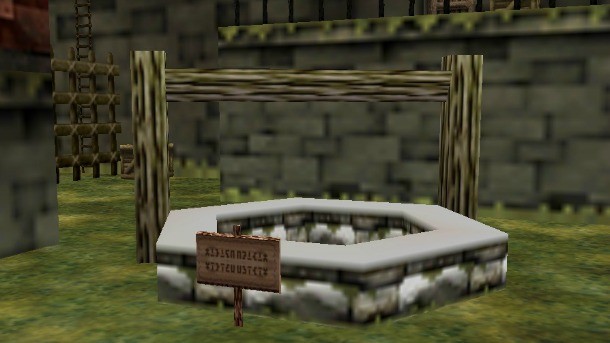
Widely considered one of the greatest games of all time, The Legend of Zelda: Ocarina of Time is also the first title in the series to use 3D graphics. Until Ocarina, my only experience with the series had been playing Link’s Awakening. I remember being stunned by Ocarina’s visuals, music, and expansive world. While the Water Temple stymied my progress for an embarrassingly long time, I’d often return to Hyrule to see what other things I could accomplish. I learned the Song of Storms and drained the Well of Three Features long before I needed to. Curious, I ventured into the now-empty well and entered the most disturbing place a video game had taken me yet.
Once you’re inside this mini-dungeon, the creepy music lets you know that you’re in for a bad time. It’s enough to make any location feel like a death trap, but it’s downright unsettling when combined with this particular locale. False walls make the place more confusing than a well has any right to be, and false floor tiles are a constant irritation. It’s also littered with evidence that hints at a dark past, including numerous skeletons, odd noises, cages, and blood splattered below X-shaped crosses. Worse still, the well is home to flaming winged skulls, giant disembodied hands, and a host of undead humanoids.
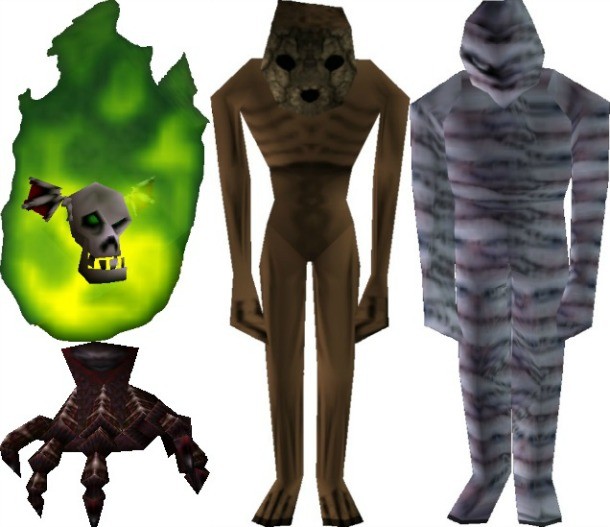
Now one of the most infamous foes in the series, ReDeads made their debut in Ocarina of Time. They can be found elsewhere, but the well is notable for housing these undead in close quarters and en masse. If Link makes eye contact with one, it emits a piercing shriek that stops Link in his tracks, and sends a chill through anyone listening. Players get an unwelcome eyeful of the ReDead’s disgusting visage as it slowly creeps toward our hero. Finally, when it’s close enough, the ReDead swings onto Link’s back with surprising agility, wrapping its limbs around him, biting, and thoroughly invading his personal space. Mummy-like Gibdos, a classic Zelda enemy, also appear in the well, taking on many traits of the ReDeads.
Armed with The Blade of Evil’s Bane, Link is more than a match for such monsters. Unfortunately, Link can only enter the well in his child form. I’d become accustomed to controlling an adult Link by the time I drained the well, and having to play as a child again was an unpleasant experience. It takes a ridiculous amount of hits from young Link’s Kokiri Sword to bring down a ReDead, so thank the Golden Goddesses for bombs.
ReDeads pale in comparison, however, to the abomination guarding the well’s treasure. Before Link can get his hands on the Lens of Truth, he must defeat the Dead Hand. Bulbous and covered in discolored patches, the Dead Hand waits underground until one of its many hands captures Link on the surface. Upon emerging, it moves toward the hero with a swaying motion, and lowers its monstrous head. The Dead Hand’s head is both its means of attack and its weak point, so it keeps its gaping maw out of Link’s reach until it’s preparing to attack. Being caught by one of its surface hands is an easy way to lure the Dead Hand out of hiding, but it’s nerve-wracking to wait for the right moment to escape and attack.
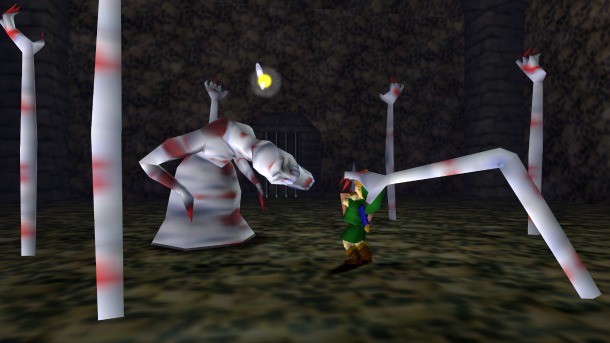
To this day, regardless of what version of Ocarina I’m playing, I’m hit with a sense of foreboding when the words “Bottom of the Well” appear onscreen. Although it’s technically an optional mini-dungeon since you can beat the game without completing it, the Lens of Truth is invaluable for finding hidden heart pieces and other items. Players may have an idea of what to expect going into the Shadow Temple, but there’s little to prepare them for the well. Its three famous features are summed up on the sign by its edge: “Dark! Narrow! Scary!” While funny, this brief description doesn’t even begin to do the well justice. I can only assume that the person responsible for the sign never actually went in, or did, and was too much of a wreck to come up with a more complete description afterward.




